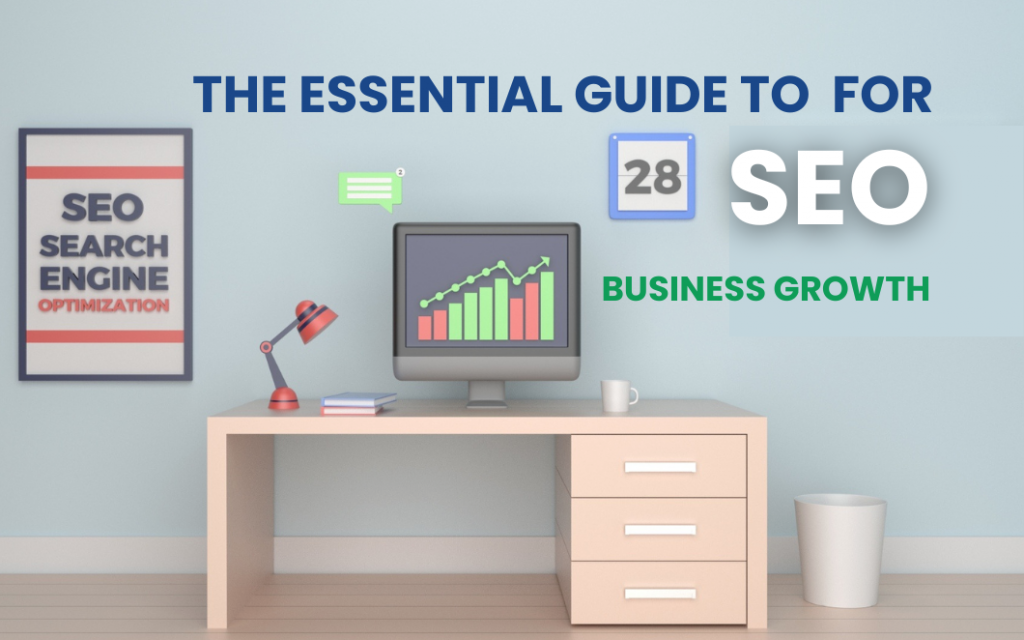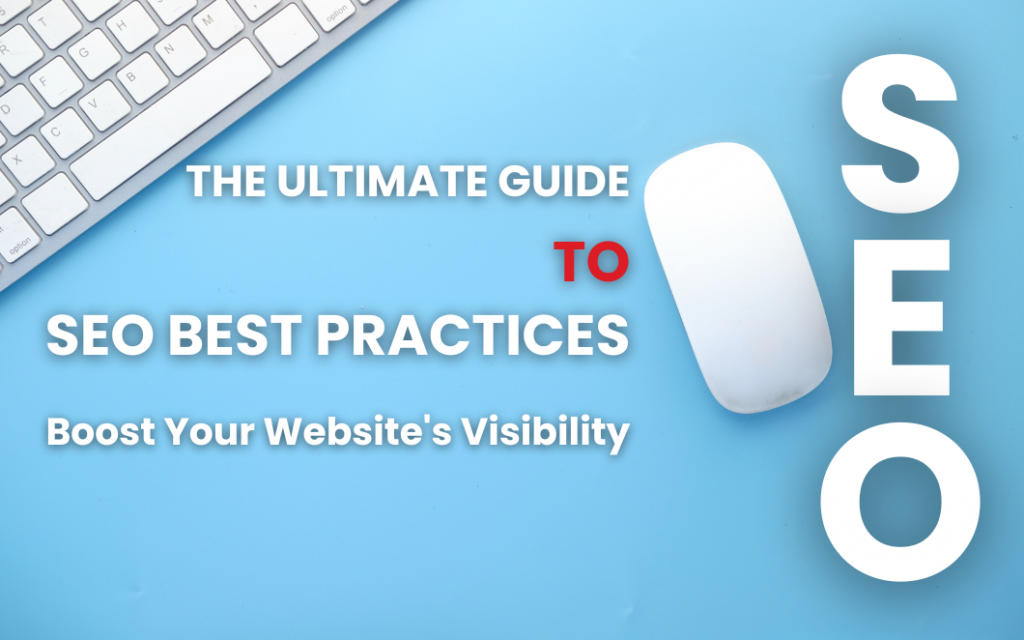
Table of Contents
ToggleHow Can Businesses Optimize for Featured Snippets and Other Rich Results?
Businesses are constantly looking for ways to stand out in search results, and featured snippets and rich results are prime opportunities for visibility. Optimizing for these enhanced search elements can lead to increased organic traffic, improved brand authority, and higher click-through rates. Let’s dive into what featured snippets and rich results are and how businesses can optimize their content to gain these valuable search positions.
What Are Featured Snippets and Rich Results?
Featured Snippets
Featured snippets are the short, highlighted answers that appear at the top of Google’s search results in what’s often called “position zero.” These snippets are meant to provide users with quick, direct answers without clicking on a link. Types of featured snippets include:
- Paragraph snippets: Brief blocks of text, often answering a question.
- List snippets: Ordered or unordered lists are especially useful for “how-to” content.
- Table snippets: Tabular data providing easy-to-read information.
- Video snippets: Short videos or video previews that answer specific queries.
Rich Results
Rich results, also known as rich snippets, enhance a search listing with extra visual or interactive elements, such as:
- Review stars: Indicate customer ratings.
- Images: Provide visual context.
- Prices or Availability: Show pricing for products.
- Breadcrumbs and Sitelinks: Help users navigate the website.
- FAQs and How-Tos: Offer structured answers and instructional steps.
Featured snippets and rich results attract attention and encourage users to engage with your brand. Optimizing for these elements can give you an edge over competitors.
Here is the Best Rich Snippets Expert & Monthly Full SEO Services
Why Are Featured Snippets and Rich Results Important?
Both featured snippets and rich results have significant benefits:
- Increased visibility: These results often appear at the top of the search engine results page (SERP), meaning they get prime attention from users.
- Higher click-through rates (CTR): Enhanced results attract more clicks because they provide more relevant and engaging information upfront.
- Voice search compatibility: Voice assistants often pull answers directly from featured snippets, making this optimization important for voice search.
- Builds authority and trust: Users perceive businesses that show up in rich results and featured snippets as more authoritative and trustworthy.
By optimizing for these elements, businesses can capture more search traffic, even if they don’t hold the top organic position.
How to Optimize for Featured Snippets and Rich Results?
Let’s break down how businesses can improve their chances of appearing in these prominent positions.
1. Conduct Keyword Research Focused on Questions and Intent
- Identify question-based keywords: Use tools like Answer the Public, Google’s “People Also Ask” section, or other keyword research tools to find questions your target audience is asking.
- Focus on “How,” “What,” “Why,” and “Where” keywords: These words often trigger featured snippets, especially for instructional or informational content.
- Use long-tail keywords: These specific phrases are more likely to have less competition and a clearer search intent, making them ideal for snippet targeting.
2. Structure Content for Readability
- Use headers (H1, H2, H3): Organize content with headers to make it easy for search engines to understand the layout of your page. Structure your headers to include keywords and answer questions directly.
- Create concise, informative paragraphs: Featured snippets often pull content from sections with concise, direct answers. Keep paragraphs short, ideally 40-50 words.
- Utilize bullet points and numbered lists: List formats are effective for both featured snippets and rich results, especially for step-by-step instructions or top lists.
3. Directly Answer the Question Early in the Content
- Place a straightforward answer at the beginning of your content if possible. Many featured snippets come from the introductory paragraphs that directly answer the search query.
- Expand on the answer below the initial response for users who want more detail. For example, if the query is “How to start a blog,” the first sentence could give a brief overview, followed by a more detailed guide.
4. Use Structured Data Markup
- Implement schema markup: Schema markup is a type of code you can add to your website’s HTML to help search engines understand the context of your content. Schema types like FAQPage, HowTo, Product, and Review can lead to rich results.
- Use Google’s Structured Data Testing Tool: This tool helps validate your structured data and ensures it’s set up correctly.
- Follow Google’s structured data guidelines: Structured data has specific guidelines, so be sure to follow them to avoid penalties or ineffective markup.
5. Optimize for Different Types of Featured Snippets
Each type of featured snippet requires slightly different optimization approaches.
- Paragraph Snippets:
- Keep answers concise and directly address the question.
- Ensure the answer fits within a single paragraph (40-50 words).
- Provide additional context and explanations following the direct answer.
- List Snippets:
- Use ordered lists for step-by-step instructions (like recipes or “how-tos”) and unordered lists for non-sequential items (like benefits or features).
- Each list item should provide value and clarity, even when read alone.
- Table Snippets:
- Use HTML tables to organize information. This is particularly helpful for pricing, comparisons, or any data-heavy content.
- Label each column clearly and ensure information is easy to read and logical.
6. Optimize Images and Visual Content
- Add descriptive alt tags: Alt tags help search engines understand what the image is about, which is essential for image-based rich results.
- Use relevant, high-quality images: Google sometimes displays images in featured snippets, so quality matters.
- Compress images for faster loading times: Speed is a factor in Google rankings and can impact rich result eligibility.
7. Create High-Quality, Comprehensive Content
- Google prioritizes content that fully answers the user’s question, so aim to cover the topic comprehensively.
- Write in-depth articles: Longer, well-researched articles often perform better because they cover the topic thoroughly.
- Add value with unique insights: Offer unique information, personal experience, or expertise to stand out from competing content.
8. Optimize for Mobile Users
- Ensure your site is mobile-friendly: Many users access the web via mobile devices, so Google rewards mobile-optimized pages.
- Use responsive design: Make sure your site adjusts to different screen sizes without losing functionality.
- Improve mobile load speed: Pages that load faster on mobile are more likely to appear in rich results and featured snippets.
9. Focus on Page Speed and User Experience
- Boost page loading speed: Google favors faster pages, so optimize images, use caching, and limit plugins to speed up your site.
- Enhance site navigation and layout: A clear, organized site structure makes it easier for Google to understand your content.
10. Monitor Performance and Optimize Regularly
- Use Google Search Console: Check which queries are driving traffic to your site, especially those that generate featured snippets or rich results.
- Analyze user behavior: Tools like Google Analytics show how users interact with your content, allowing you to adjust it for better engagement.
- Update outdated information: Featured snippets and rich results are often pulled from up-to-date and relevant content, so keep your pages current.
Tools to Help Optimize for Featured Snippets and Rich Results
Several tools can aid in the optimization process:
- Google Search Console: Provides insights into your site’s performance in search results, including click-through rates and keyword rankings.
- SEMrush and Ahrefs: Both offer snippet-targeting tools that show the keywords that trigger featured snippets.
- Answer the Public: Generates a list of questions and queries people commonly ask related to your keywords.
- Yoast SEO and Rank Math: WordPress plugins that make implementing structured data easier and offer snippet optimization recommendations.
Conclusion
Optimizing for featured snippets and rich results can boost visibility, traffic, and authority for any business. By focusing on clear answers, concise content, structured data, and high-quality visuals, businesses can increase their chances of ranking for these valuable search elements. Consistently improving and adapting content will keep it competitive in the ever-evolving SEO landscape, ensuring businesses remain visible and relevant to their audience.







